WHY CHANGE = BEHAVIOUR – AND WHAT YOU CAN DO ABOUT IT
Discover Why Change Equals Behaviour Today!
Many children with ASD have difficulties accepting change and transition from one activity to another. In fact, most behaviour happens during change/transition. In my experience this is because it requires problem-solving, choices and adults tend to use more verbal information instead of visual information. It can also be a time of movement and high noise level, which can cause sensory processing difficulties. Below, I have listed some key times you may need to put in place strategies to support children during change.
Discover why change equals behaviour today!
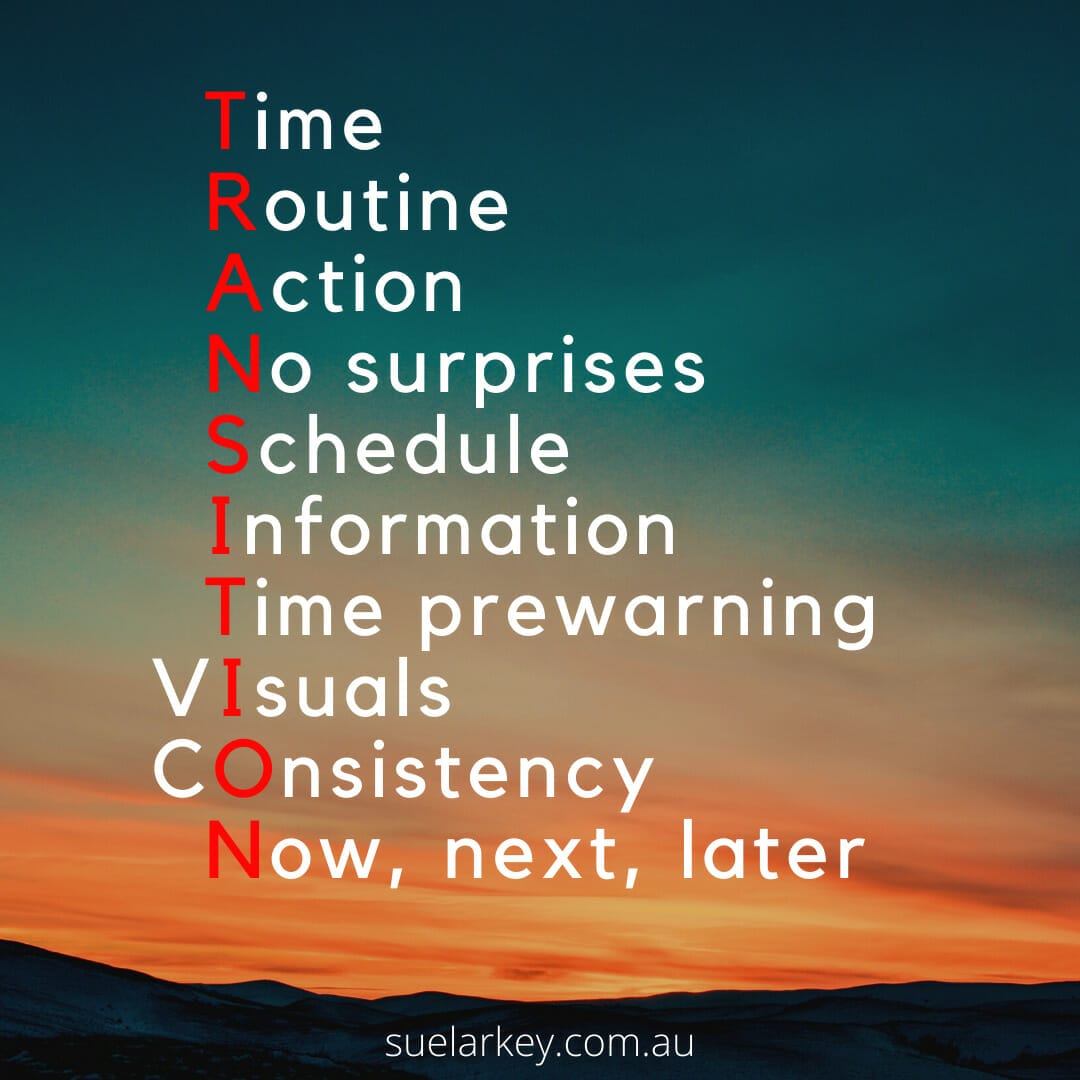
|
Transition Example Activity / Behaviour |
Structural Change Routine Change |
|
Pack away / finish activity |
Give five minute warning. Use a Time Timer so can visually see ‘how long’. Use a visual schedule that shows what is happening throughout the day or use ‘Now, Next, Later’ visual to tell them when they will return to a preferred activity. |
|
Choose an activity |
Minimise the choices i.e. instead of a whole shelf of puzzles or books have two puzzles or two books. Give real choices e.g. do your homework now or after dinner. |
|
Lining up |
Have a set spot in the line, and set partner. This can change each week. Have the ‘other child’ be a supportive peer who will help them line up in the correct place. Let them stand with an adult or give a job to do e.g. hold equipment or count students. |
|
Find a partner / friend |
Set partner. Get the partner to go to the ASD child, so they don’t have to find them. (Be careful using the word ‘friend’ as they may perceive they don’t have any.) |
|
Giving instructions to change activity |
Use visuals to support language. Use Signing (everyone uses different gesture or words to mean pack away, so sign ‘FINISH’ which is more universal). Use pictures to support language (Pics for PECS is a GREAT and reasonably priced visual system, see page 5). |
|
Sensory issues |
Movement, noise, touch, smell can all create sensory issues for students with ASD. Be aware of any sensory triggers, i.e. whistle to stop activity, bell to go inside, touch at line, or tote boxes/lockers, singing at assembly, food smells at eating time. See sensory books page 6 to understanding sensory and strategies. |
| Feeling out of control / wanting control | A schedule helps them see and understand what is going to happen next. Schedules also help people with ASD to organise themselves and to plan ahead. |
|
Sit on mat |
Have set spot. Use a sensory mat to sit on (see page 7). Let them sit in teacher’s chair or have a job to help the teacher. |
| Outside / inside Home / school | Often they are so involved in an activity they don’t want to leave it. This is where the importance of timers, clocks, and pre-warning is VITAL. Always tell them when they will get to return to preferred activities i.e. “When you eat lunch, then you can ” |
Enjoyed Learning Why Change Equals Behaviour? Try These Resources!
The Ultimate Guide to School and Home
| by Sue Larkey and Anna Tullemans | This book provides key strategies for all ages and stages. It offers over 500 practical strategies and timer savers for school and home from engaging disengaged students, what to do if you don’t have a teacher assistant to considerations for setting up a classroom for teachers; and from developing friends, to moving house and choosing a school for families. It is the ultimate guide for teachers, parents and all professionals supporting children with autism spectrum disorder, including Aspergers, ADD, ADHD, ODD and other developmental delays.
Content pages below.
$44.95
20 in stock
The Early Years: The Foundations For All Learning
| by Sue Larkey & Gay von Ess | This book is full of practical ideas to give children with an ASD and other developmental delays the KEYS to learning. Teaching to play, write, draw, imitate etc. Toilet training, community access, etc. To sit, ask for help, wait, play, attention to task, sign songs, etc. Great easy to photocopy programmes.
$39.95
19 in stock
NEW EXECUTIVE FUNCTIONING TRAINING COURSE
Educators Guide to Executive Functioning - Why it Impacts Learning and Behaviour & What to Do
This course offers a comprehensive exploration of Executive Functioning. Dive into seven comprehensive lessons, starting with an introduction to Executive Functioning and the impact on learning and behaviour in Neurodiverse students (ASD, ADHD, ODD & PDA) Led by Dean Beadle, International Speaker & Autism Expert, for an enlightening course on Executive Functioning where he gives strategies from his lived experience and evidence-based research.
AVAILABLE Now
 2 Hours
2 Hours
 Certificate
Certificate
$149
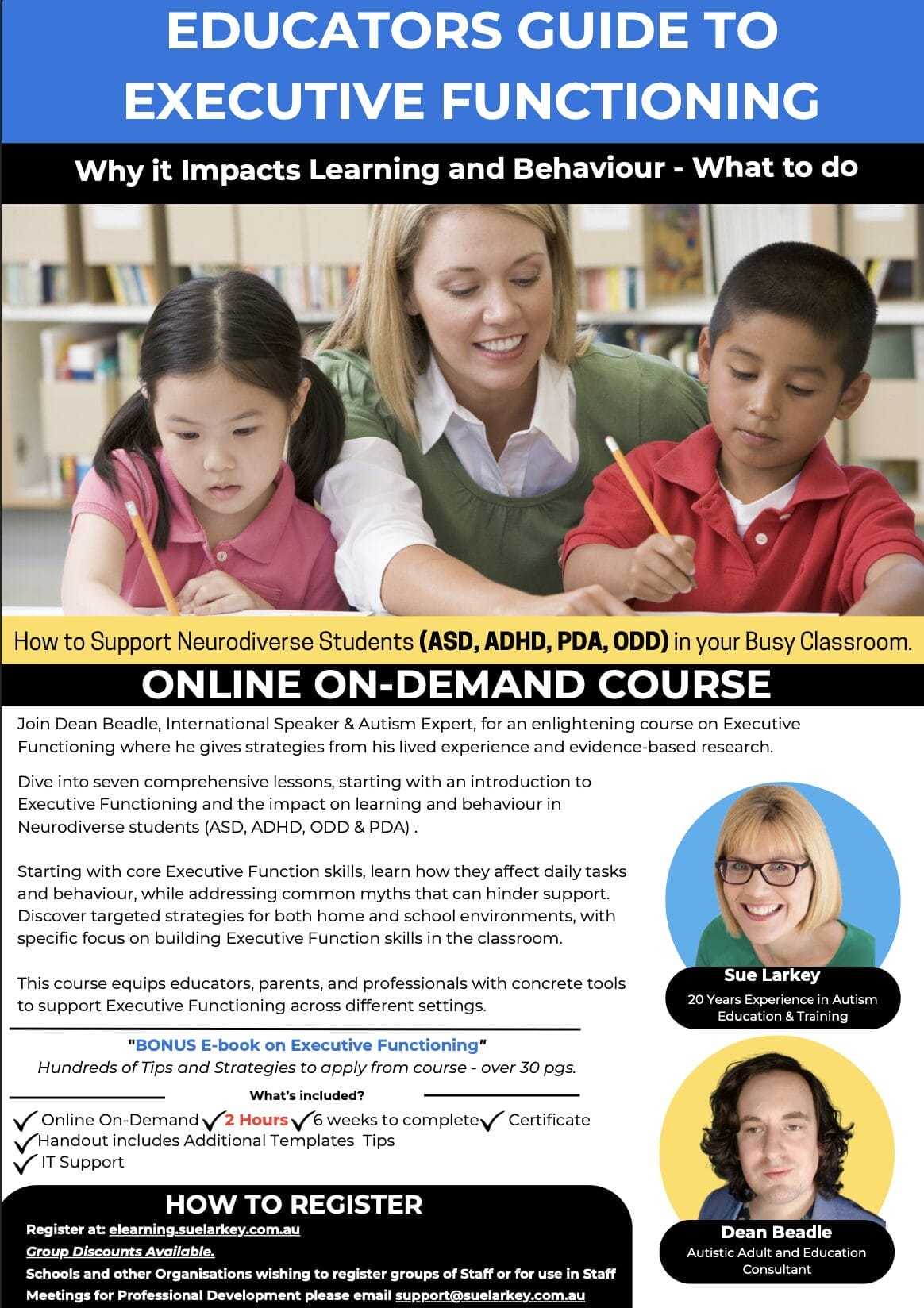


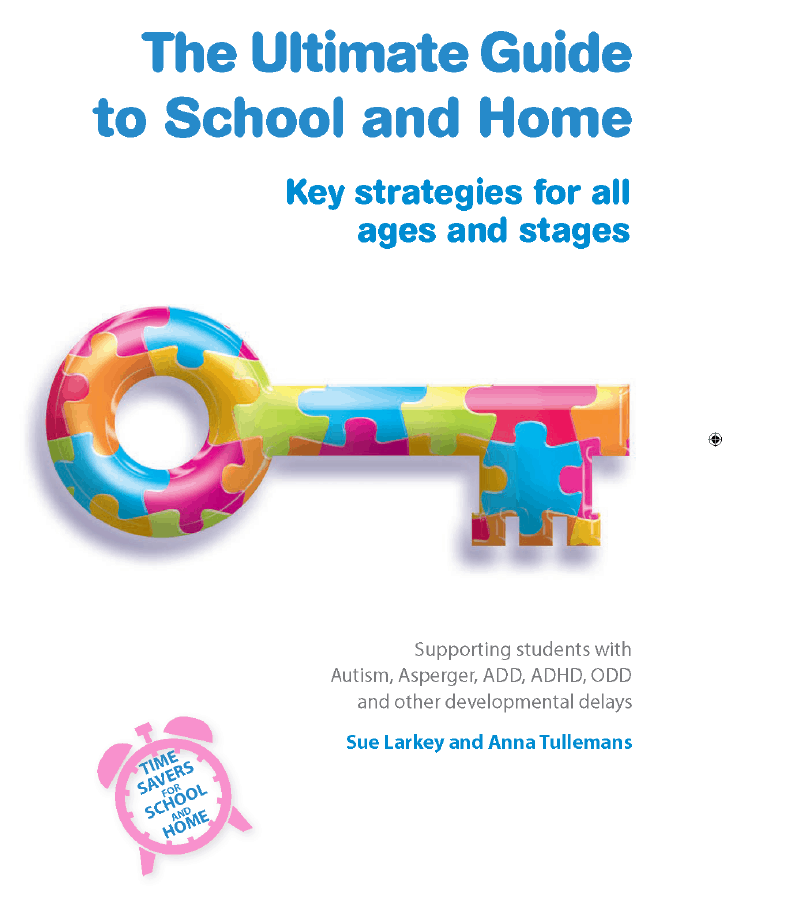
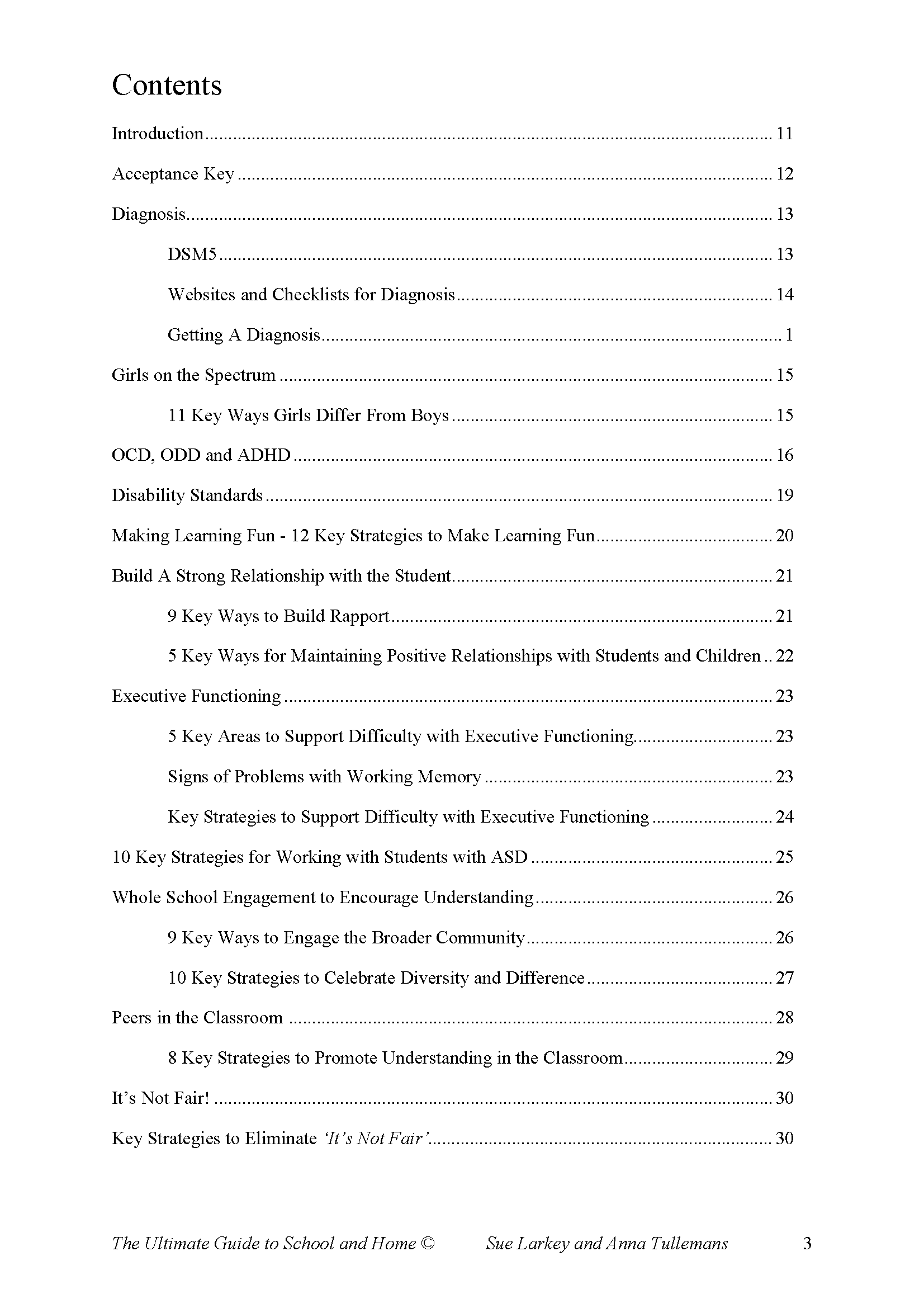
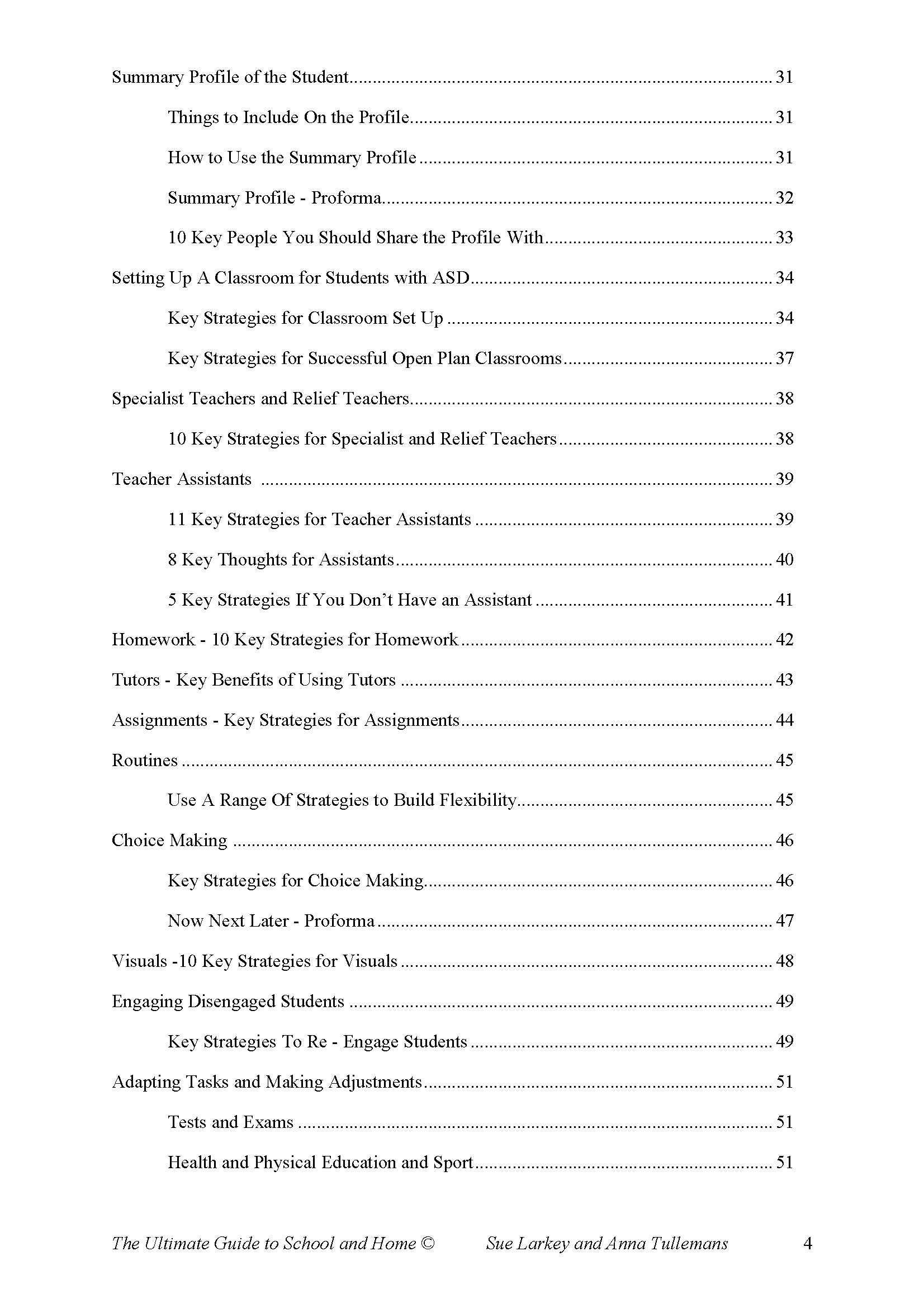
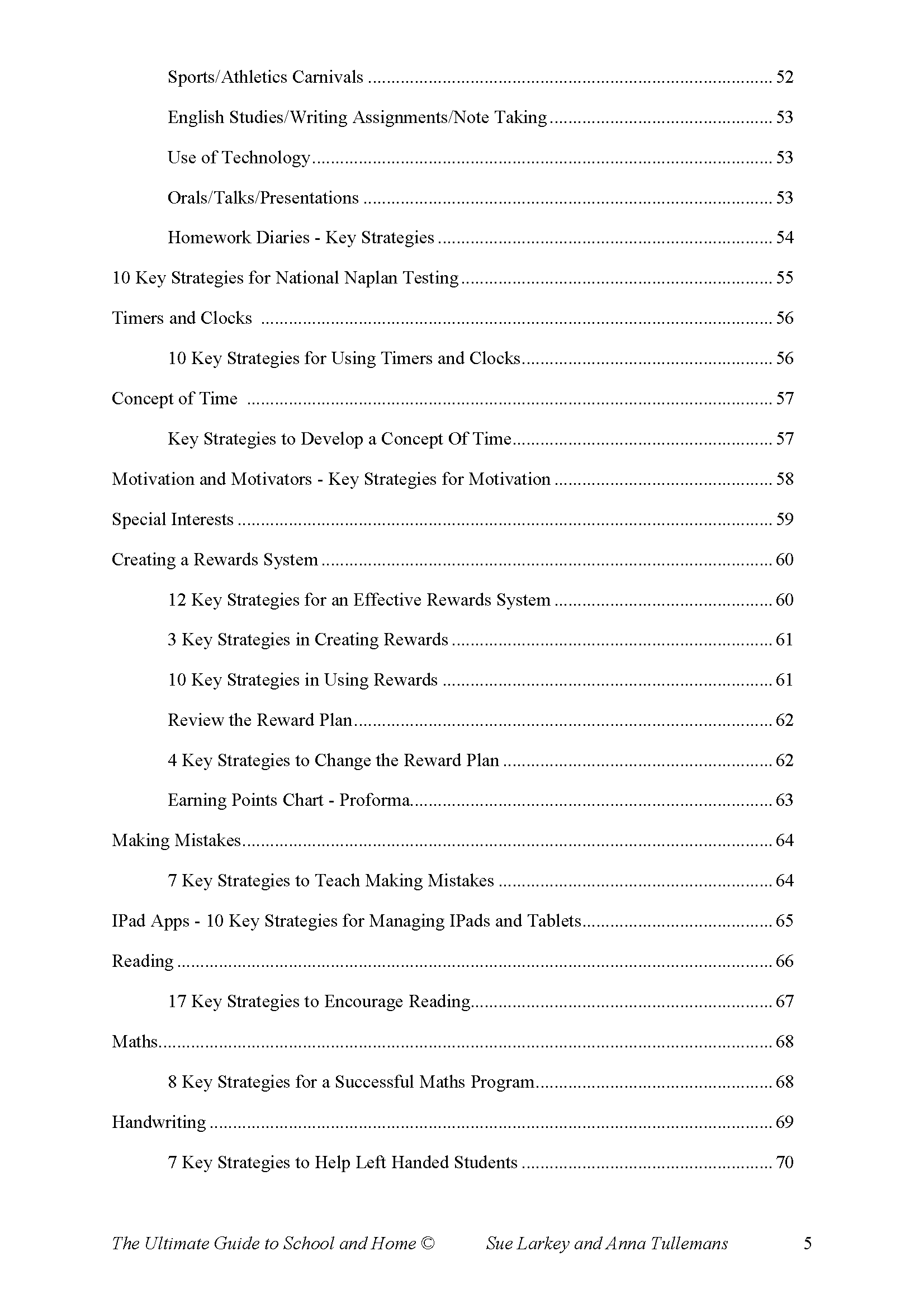
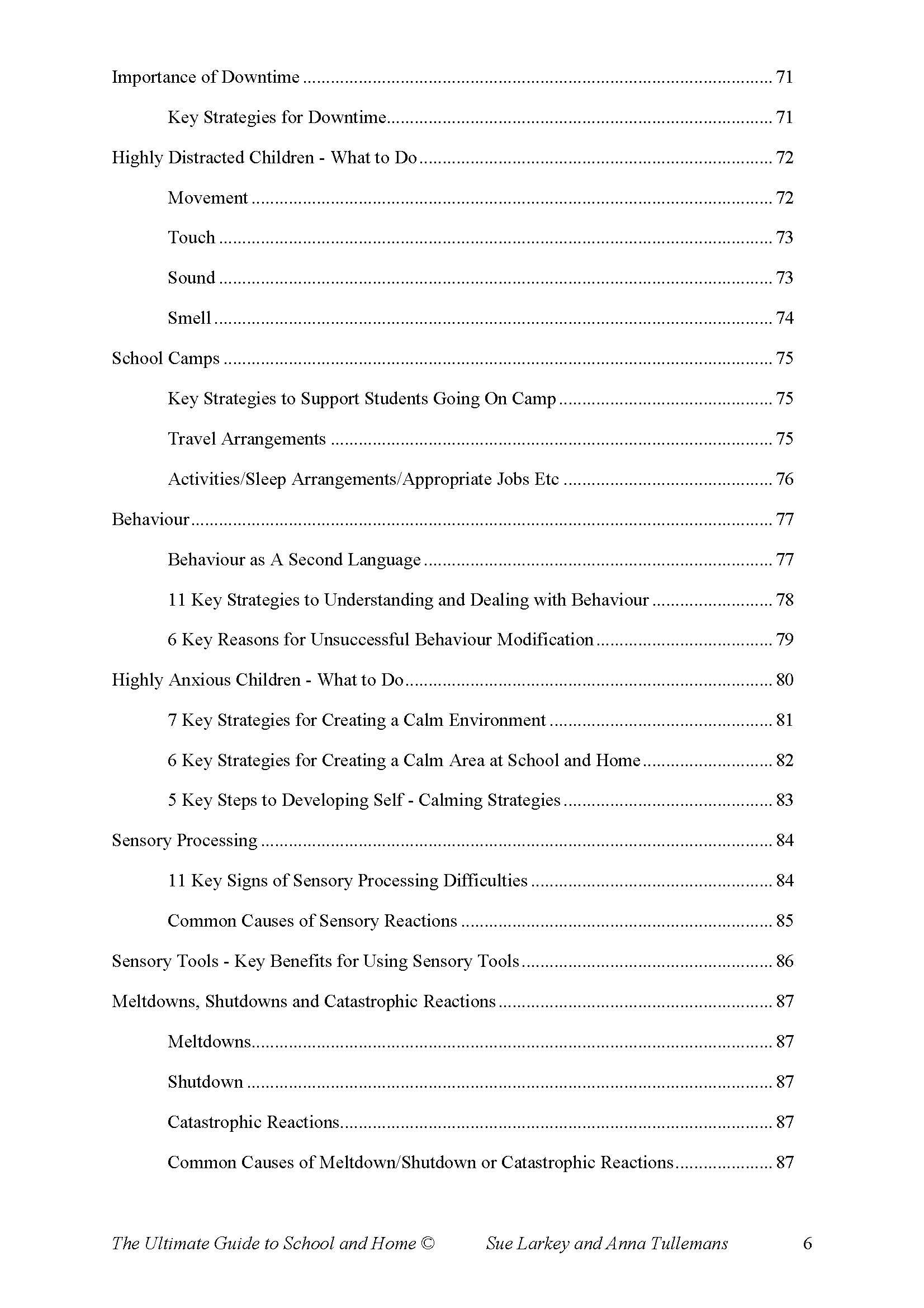


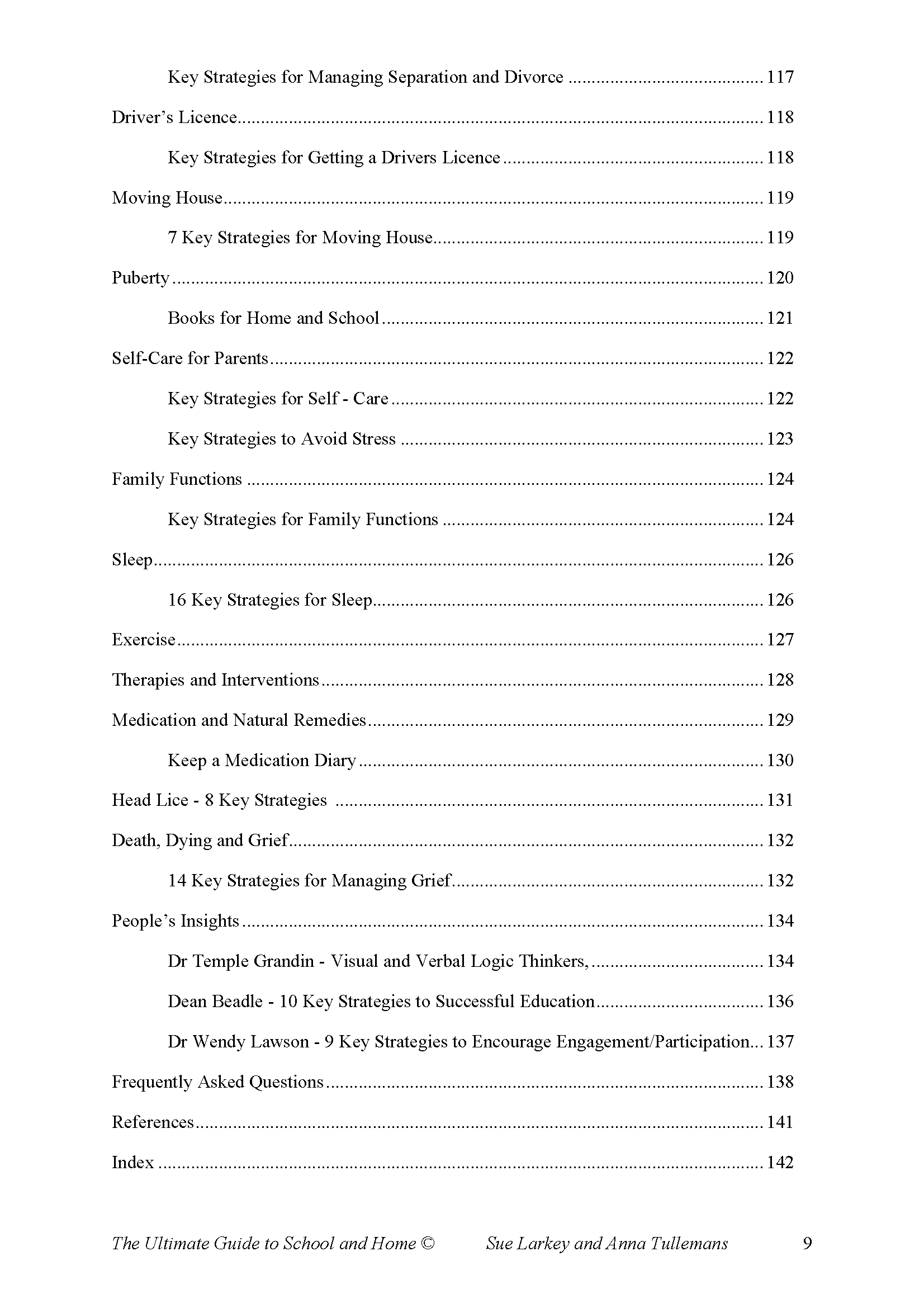

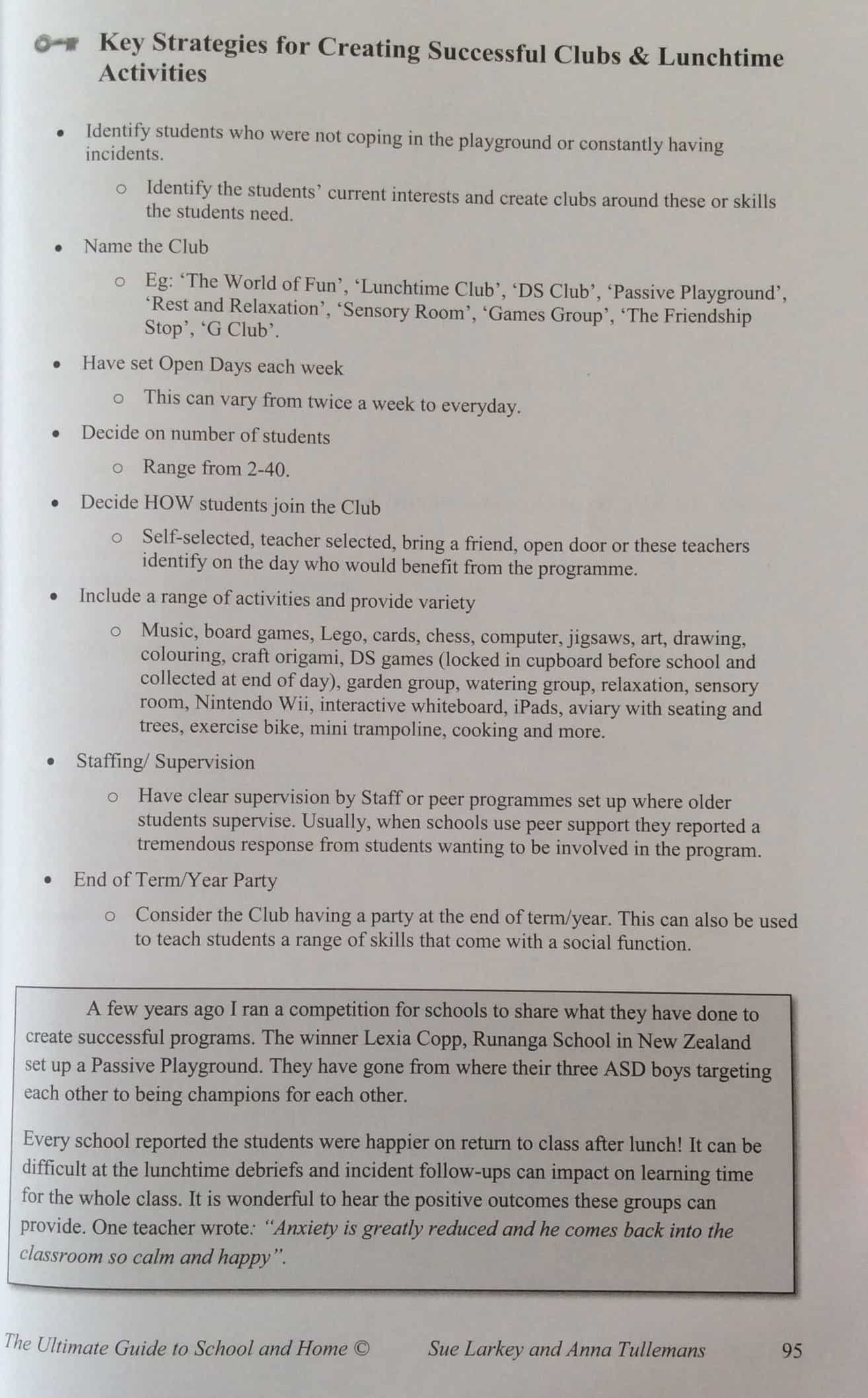

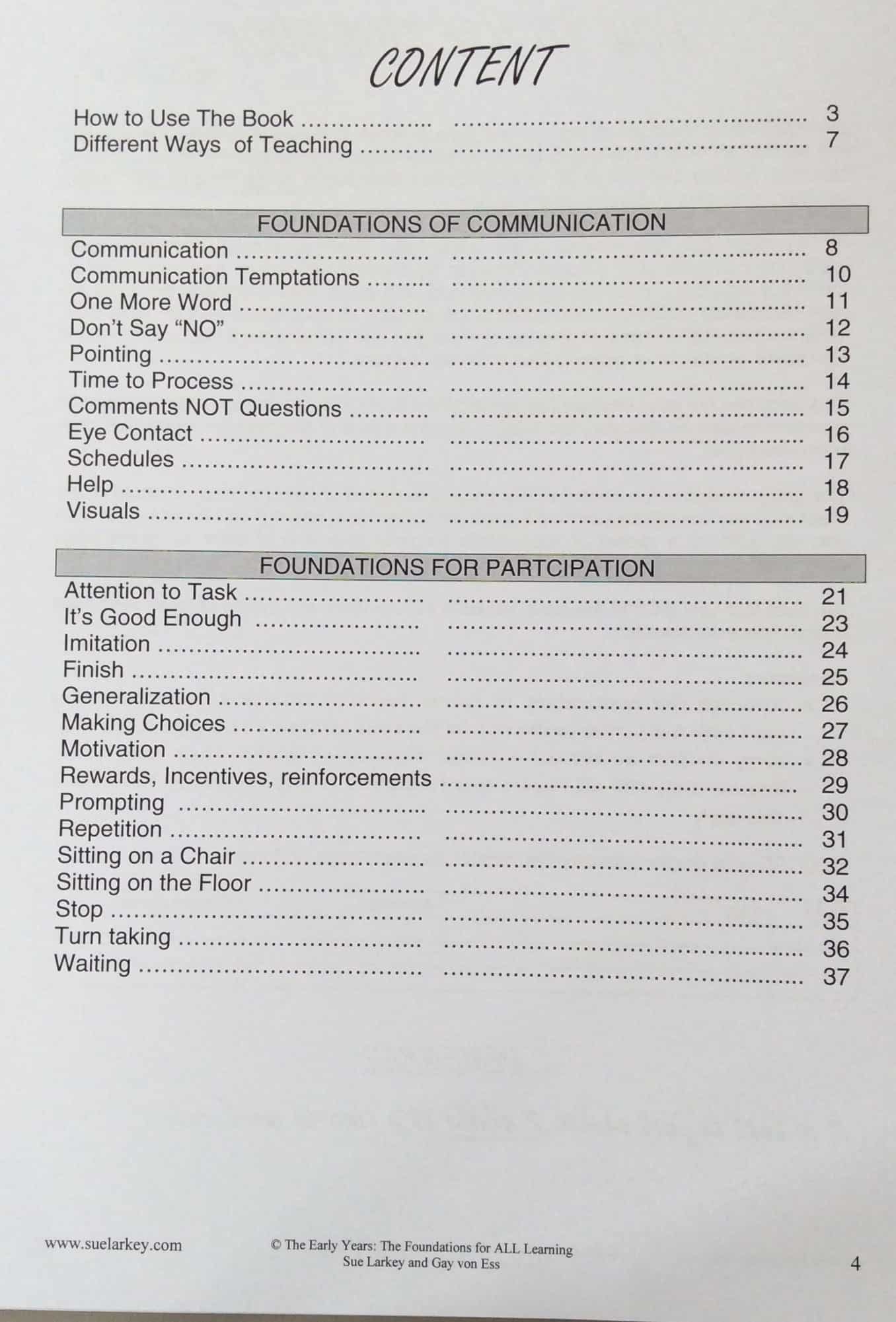
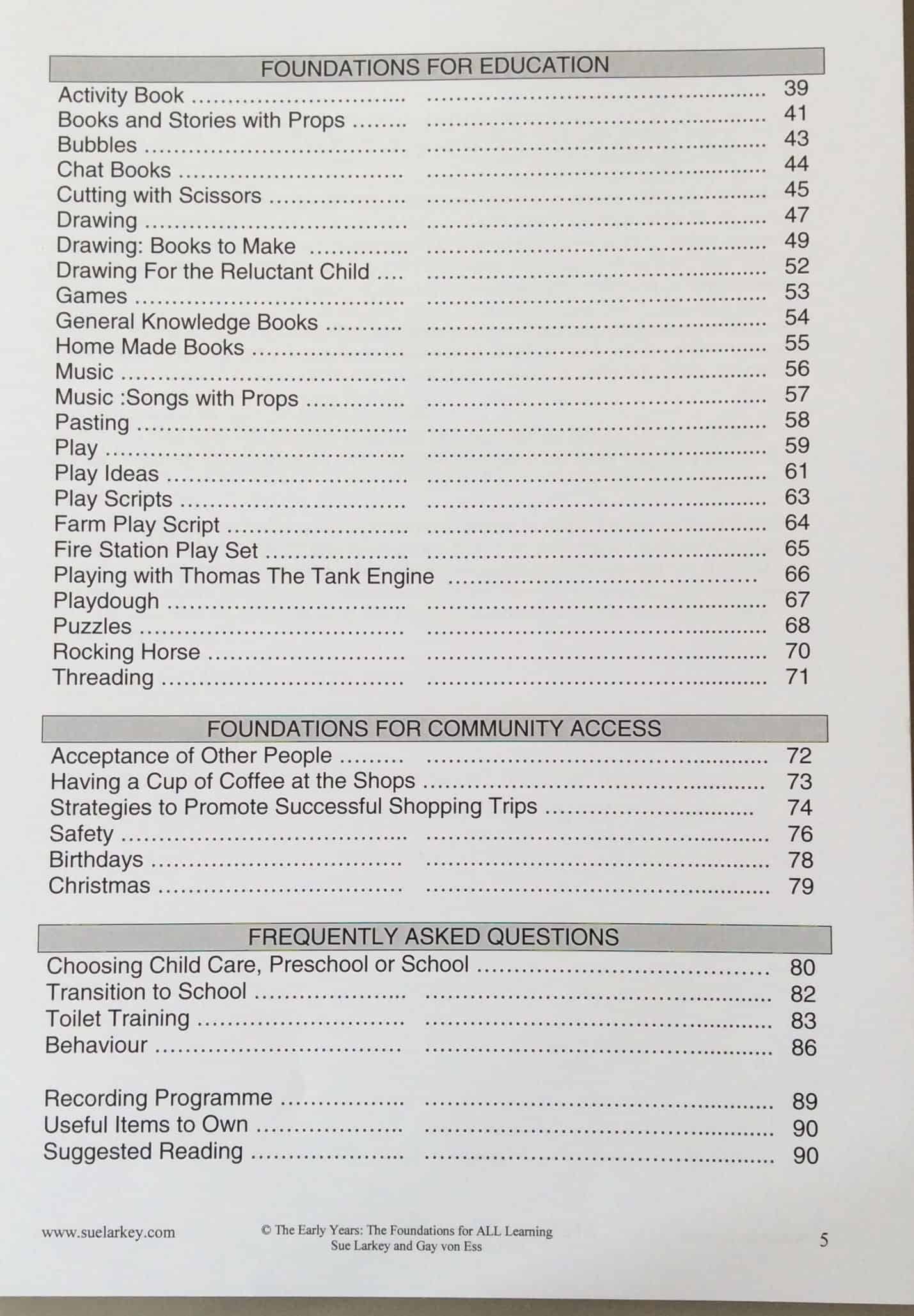
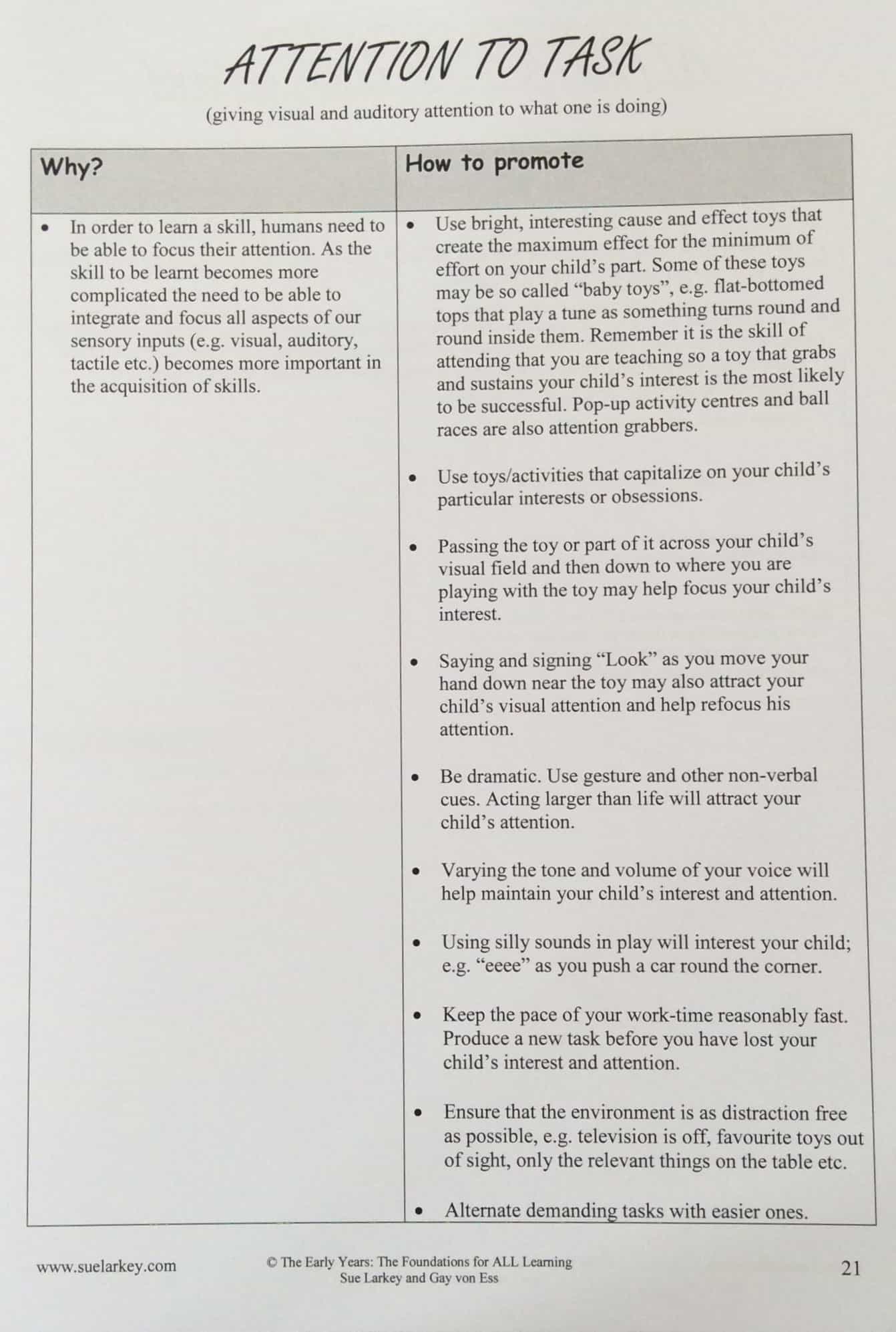

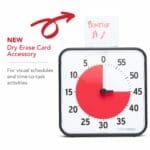
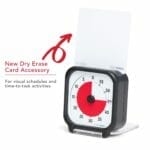
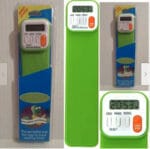
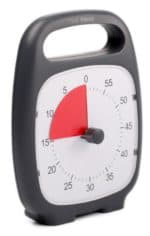


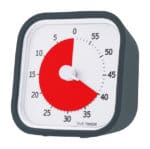



 Sorry we no longer ship items outside Australia. Please consider the digital versions of Sue’s Books –
Sorry we no longer ship items outside Australia. Please consider the digital versions of Sue’s Books – 